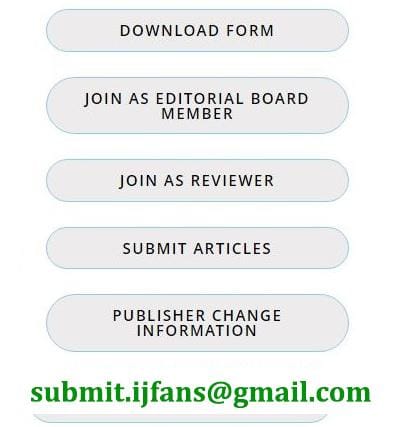
-
Investigation of Different Tea spent Waste Variants (Green Tea, Tea Dust, and Tea Granules) on the Growth and Biomass Production of Fenugreek (Trigonella foenum-graecum) for Sustainable Agriculture
Volume 14 | Issue 5
-
FORMULATION AND EVALUATION OF AN ALOE-BASED HERBAL HAIR SERUM FOR SCALP NOURISHMENT
Volume 14 | Issue 5
-
CONSUMPTION PATTERN OF ORGANIC FOOD AMONG WOMEN CONSUMERS OF PATNA SADAR
Volume 14 | Issue 5
-
Artificial intelligence in gynecologic and obstetric emergencies
Volume 14 | Issue 5
-
A NARRATIVE REVIEW ON USE OF HOMOEOPATHIC SIMILIMUM IN INATTENTIVE TYPE OF ATTENTION DEFICIT HYPERACTIVITY DISORDER.
Volume 14 | Issue 5
Hydroalcoholic extract of fruit of Terminalichebulaalleviate Diabetic Neuropathy in Alloxan induced diabetic rats.
Main Article Content
Abstract
In the present study we investigated the effect of hydroalcoholic extract of fruit of Terminalia chebula(TCE) in alleviating the diabetic neuropathy in rats. Male wistar albino rats were classified into two groups as normal control and diabetic group. Normal control group rats were injected with distilled water (1ml/kg) while in diabetic group, diabetes mellitus was induced by intraperitoneal injection of Alloxan monohydrate ( 120 mg/kg) freshly dissolved in normal saline solution.21 days after diabetes induction, development of neuropathy was assessed in control and diabetic animals by evaluation of pain thresholds. Diabetic rats showed a significant decline in the nociceptive threshold as compared to the normal control groups. Following this, the diabetic rats were divided into five groups and treated orally as: diabetic control group with distilled water 1 ml/day, TCE-200 group with TCE 200 mg/kg, TCE-400 group with TCE 400 mg/kg, TCE-800 group with 800 mg/kg and standard group with Gabapentine 100 mg/kg for 21 days. Pain threshold responses for all rats were recorded on 0, 2nd, 4th, and 6th week of treatment. The study revealed dose dependent improvement in pain threshold against diabetic control group, reflecting increased potency. These results suggest that TCE have beneficial activity against diabetic neuropathy in rats.This observed activity of TCE may be due to the presence of phytoconstituents like tannins , alkaloids, saponins, flavonoids. Further studies required to determine the exact molecular mechanism of action of Terminalia chebula.

